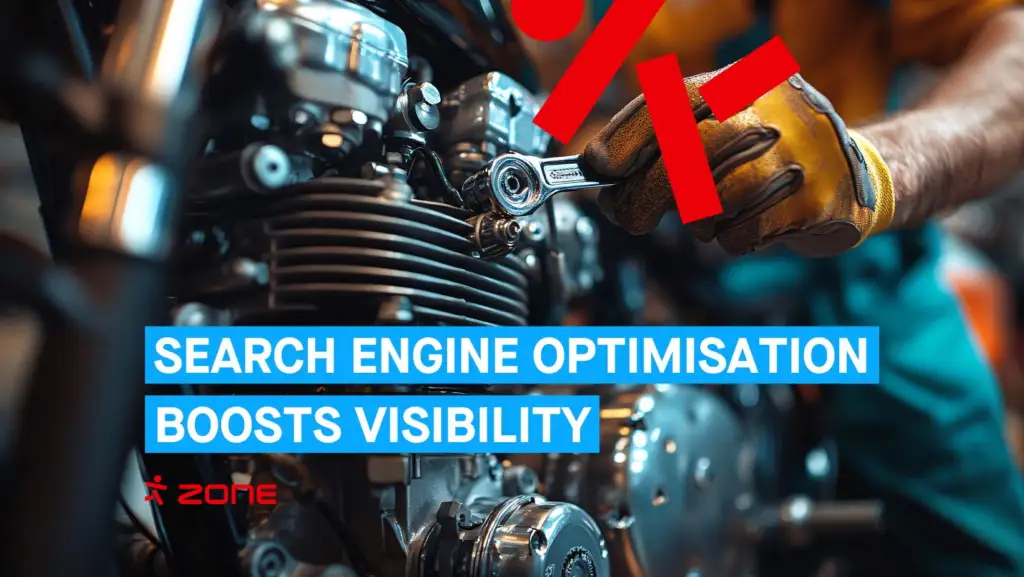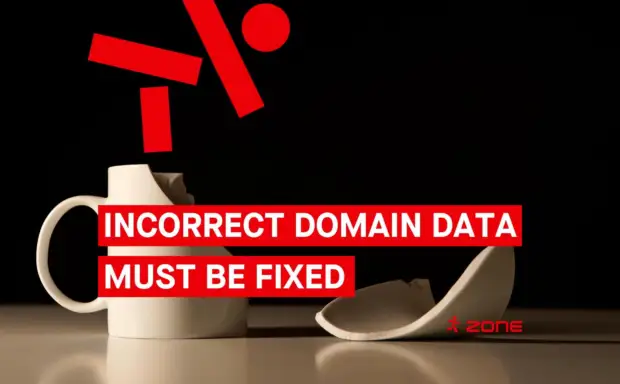When someone Googles phrases like “best budget trail shoes” or “ceramic non-stick skillet,” they’re not browsing casually — they’re ready to buy. This type of search signals strong intent, making it a prime opportunity for ecommerce brands. But to capitalise on it, your store needs to show up in those search results. That’s where search engine optimisation (SEO) becomes essential.

This long-term effort of SEO can be visualised as building a digital storefront on the busiest street in town — once you’re there, customers come to you. Unlike paid advertising, it requires consistency and patience, but once the wheels are in motion, the benefits compound over time.
Why SEO is a Growth Driver for Ecommerce
Search is often the first stop in a customer’s buying journey:
- 49% of shoppers use Google to discover new products.
- Top 3 search results capture over half the clicks.
In ecommerce, visibility equals opportunity. If your products aren’t ranking well, you’re likely losing potential customers to competitors who are. These aren’t passive browsers — they’re shoppers ready to purchase. Whether someone searches for “eco-friendly yoga pants” or “Bluetooth speakers under €50,” they’re closer to checkout than most social media users.
Organic search also drives 53% of web traffic across industries, making SEO one of the most cost-effective channels for sustained growth.
Step One: Know What Your Customers Are Searching
The foundation of any successful e-commerce SEO strategy is understanding keyword research. This process uncovers the exact phrases your potential customers use when they search online. A term like “headphones” may get a lot of traffic, but a long-tail phrase like “wireless running headphones under €80” often brings in customers who are ready to convert.
Focus on:
- Category keywords: Broad terms like “winter boots” or “gaming keyboards.”
- Product-level keywords: More specific, often brand-related, like “Logitech G Pro X gaming headset.”
Leverage tools like Ahrefs, Ubersuggest, or Google’s Keyword Planner to strike the right balance between search volume and ranking difficulty.
Site Architecture: Build for Users and Search Engines
Once you’ve nailed your keywords, structure your site to guide both users and search bots. An intuitive hierarchy makes for a smoother user experience and better crawlability.
A typical ecommerce site might look like: Homepage → Categories → Subcategories → Products
Breadcrumbs, clean URLs (e.g., /shoes/womens-running), and logical menus ensure visitors don’t get lost. And when it comes to SEO, Google rewards clarity.
Mobile-First Optimisation is Non-Negotiable
With mobile accounting for over 60% of web traffic, your site must be responsive, fast, and frustration-free.
To improve your mobile SEO:
- Implement streamlined menus.
- Compress visuals to reduce load time.
- Avoid pop-ups that block content on smaller screens.
Google’s ranking algorithm prioritises mobile usability — if your site isn’t mobile-friendly, your rankings (and revenue) will suffer.
On-Page SEO: Turn Every Page into a Conversion Asset
Every product and category page is an SEO opportunity. Instead of using generic descriptions, craft copy that addresses buyer concerns and highlights benefits. For instance:
“These wireless running headphones deliver superior sound quality and long-lasting battery life. Noise cancellation ensures focus in any environment.”
Also, don’t overlook:
- Title tags & meta descriptions: Include keywords, keep them concise (60/160 characters), and use persuasive language.
- Image SEO: Use clear file names (vegan-leather-tote.jpg), add descriptive alt text, and compress files for speed.
Technical SEO: Power Behind the Scenes
Technical SEO ensures your site is fast, accessible, and crawlable:
- Speed matters: Pages taking over three seconds to load lose 40% of visitors.
- Canonical tags prevent duplicate content issues (common with similar product listings).
- Schema markup enables rich snippets — like ratings, prices, and stock status — to show in search, making your listings pop.
Also, don’t forget security: HTTPS is a ranking signal and builds user trust.
Content is the Backbone of Ecommerce SEO
Strong content attracts valuable traffic, establishes trust, and enhances your product listings. Consider:
- Blogs and guides: Topics like “Top kitchen gadgets under €50” or “How to clean leather boots” attract traffic while linking back to products.
- FAQs: Useful for both SEO and conversions.
- UGC and reviews: Fresh content + social proof = win-win.
When customers write reviews or post photos, it enriches your site with relevant, keyword-filled content without extra effort on your end.
Building Authority Through Backlinks
Backlinks act as endorsements for your site’s credibility. Google views them as votes of trust, making them vital for rankings.
Earn them by:
- Guest posting on relevant industry sites.
- Working with niche influencers who can showcase your products.
- Launching PR campaigns or creating link-worthy content (like infographics or stats-based guides).
Value-first outreach and consistent relationship-building pay off in long-term SEO gains.
Track, Tweak, and Thrive
SEO isn’t static. Use Google Analytics and Search Console to monitor performance. Key metrics to watch:
- Organic traffic growth
- Bounce rate
- Conversion rate
- Time on page
Adapt your strategies as search trends and algorithms evolve. Regular audits and tweaks ensure your site remains search-friendly and user-centric.
Final Thoughts: SEO is a Long Game — Start Now
SEO requires time and effort, but the long-term payoff is worth it. When done right, it becomes a sustainable growth engine, bringing in a stream of high-intent customers without the ongoing cost of ads.And when you’re ready to turn those visitors into buyers, Montonio’s payment solutions help you remove friction and boost conversions.
This article was created in collaboration with Montonio as part of the Zone Partner Program.
Post navigation
Popular posts

.NO domain now at Zone – is your business ready for the Norwegian market?

Zone Webmail 3.0: New features that make email management easier than ever

Still the rightful owner of your domain? ICANN’s new rule means it’s time to double-check
